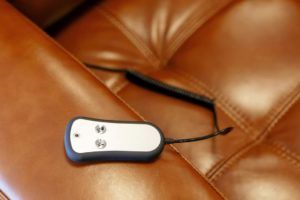
The Rules For Powered Wheelchairs & Mobility Scooters On UK Roads & Pavements
- January 19, 2023
- 11:04 am
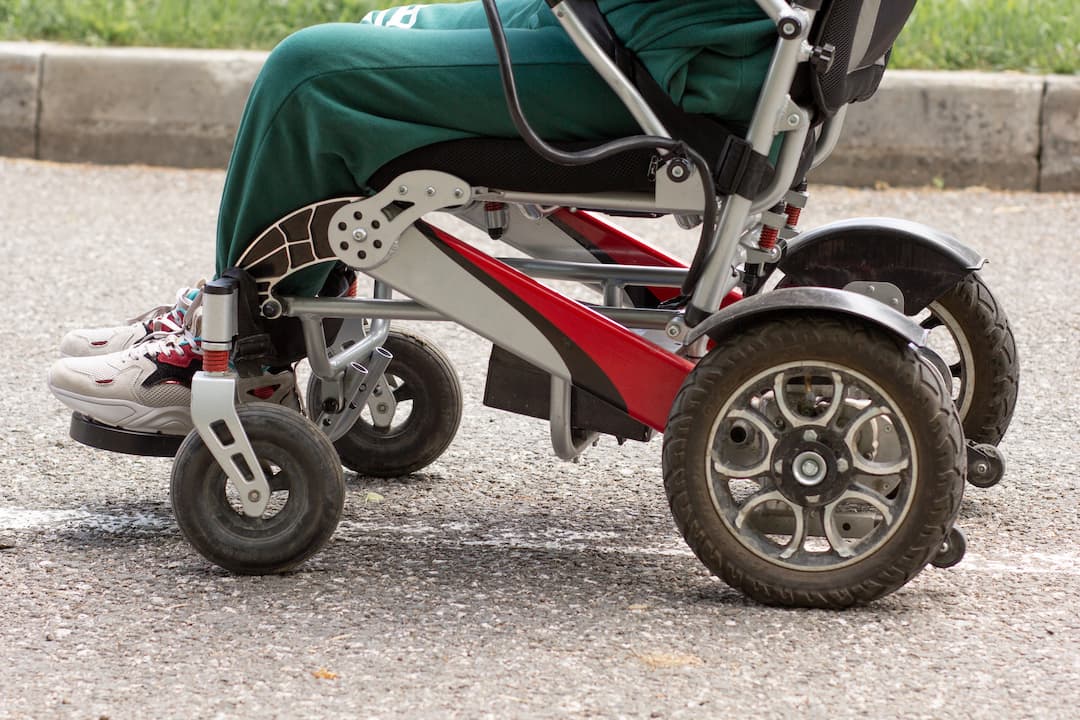
Powered mobility equipment is classed as an ‘Invalid Carriage’ by law. There are three types of ‘Invalid Carriage’.
These wheelchairs are not electrically powered.
You use your arms to move the wheelchair, or you are pushed by another person.
Class 2 vehicles are those with an upper speed limit of 4 mph or 6 km/h.
They are designed to be used on pavements.
These are suitable for riding on roads and have an upper speed limit of 8 mph (12 km/h). They are equipped to be used on the road as well as the pavement.
A Class 3 vehicle is not legally defined as a motor vehicle and the user doesn’t have to have a driving licence or take a driving test. However, a Class 3 vehicle can only be used by a disabled person aged 14 or over, or by an able-bodied person who is demonstrating it before selling or taking it to or from a place for maintenance or repair.
Class 1 & Class 2 carriages do not need to be registered with the DVLA.
Class 3 vehicles must be registered with the DVLA. To register a Class 3 vehicle, you should complete form V55/4 (for new vehicles) or V55/5 (for used vehicles) and send it to your nearest DVLA office.

You do not need to be insured by law, but it is recommended that you have at least third-party cover. It is also a good idea to be covered for theft, fire, accidental and malicious damage and Third-Party Damages – just in case. Many mobility insurance packages include a ‘Get you Home Service’ within their policies. It is worth discussing this with your provider.
The most direct or shortest route may not always be best. Steep hills, high kerbs or other obstructions may make your journey difficult.
You may take your wheelchair on some buses and trains, but check that this service is available for both your outward and return journey.
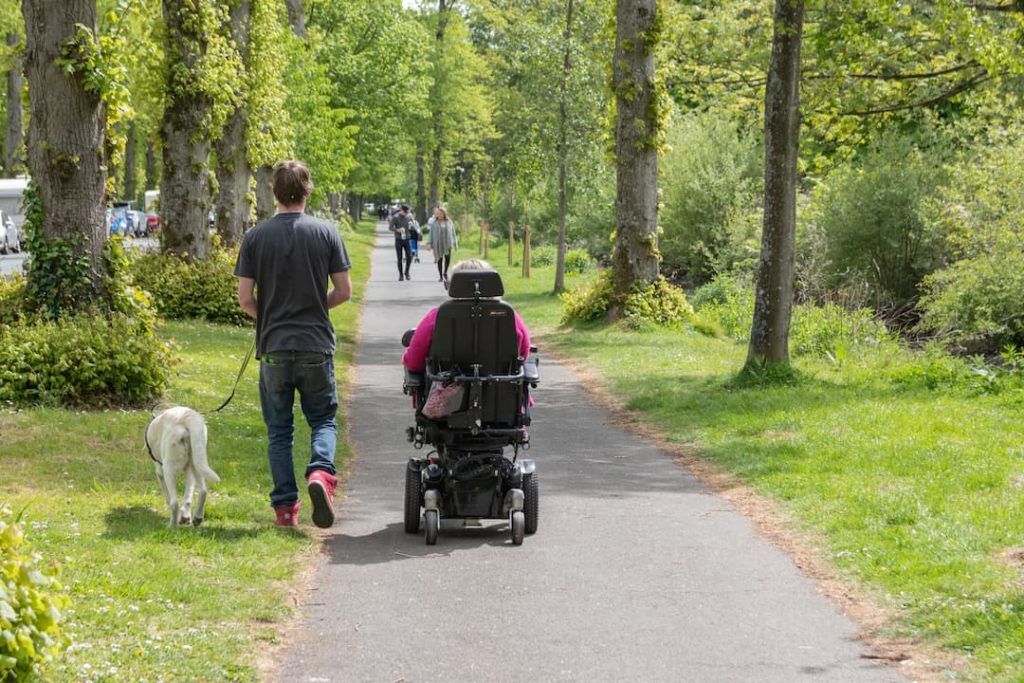
Do not use your scooter if you have been drinking or taking drugs. If your medication says it could cause drowsiness, don’t use the scooter.
See and be seen! If you are using anything to protect you from the weather, make sure it doesn’t restrict your vision. Wear fluorescent materials or have fluorescent markings on your scooter. Put your lights on to help other road users to see you.
Do not wear loose fitting clothes. Make sure all belts and scarves are tucked away, so they don’t catch in one of the wheels.
Do not carry another person (child or adult)
You shouldn’t carry or lead a pet while you are on your scooter. Even trained and well-behaved animals can be unpredictable and cause accidents.
Don’t overload your scooter as this may make it unstable. Do not have anything hanging from the handlebars as this will make the scooter more difficult to handle.
Be careful when going up and down kerbs. Always approach at right angles and don’t go up or down kerbs that are higher than the recommended for the type and size of your wheels. Look in the manufacturers handbook for guidance. Wherever possible, cross roads where there is a dropped kerb.
Take extra care when you can’t see clearly ahead where there is a wall or hedge restricting your view. Be mindful when going around corners. Your scooter could topple over if you are going too quickly, especially if the ground is sloping. Loose gravel on corners and at junctions could be hazardous too. Slow down in plenty of time. There may be a delay in braking on some scooters. You will learn your scooter’s idiosyncrasies.
Always be aware of pedestrians and other road users. Pedestrians may not see or hear you approaching them, especially when coming from behind them.
Remember, pedestrians have the right of way.
When you are on the pavement you should follow the guidance and rules for pedestrians. If you are riding a Class 3 vehicle, you must switch over to the 4-mph setting when you are using it on a pavement or footpath.
Pavements are safer than roads and should be used when available. You should give pedestrians priority and show consideration for other pavement users, particularly those with a hearing or visual impairment who may not be aware that you are there. Powered wheelchairs and scooters MUST NOT travel faster than 4 mph (6 km/h) on pavements or in pedestrian areas. You may need to reduce your speed to adjust to other pavement users who may not be able to move out of your way quickly enough or where the pavement is too narrow.
When moving off the pavement onto the road, you should take special care. Before moving, always look round and make sure it’s safe to join the traffic.
You should take care when travelling on the road, as you may be travelling more slowly than other traffic. Your machine is restricted to 8 mph (12 km/h) and may be less visible. Your vehicle must have headlights, flashing indicators and a horn.
When on the road, Class 3 vehicles should travel in the direction of the traffic and obey the same rules as the other traffic.
Class 2 users should always use the pavement when it is available. When there is no pavement, you should use caution when on the road. Class 2 users should, where possible, travel in the direction of the traffic. If you are travelling at night when lights must be used, you should travel in the direction of the traffic to avoid confusing other road users.
At night, lights MUST be used. Be aware that other road users may not see you and you should make yourself more visible, even in the daytime and at dusk. Wearing a reflective jacket or reflective strips on the back of the vehicle will greatly improve your safety.
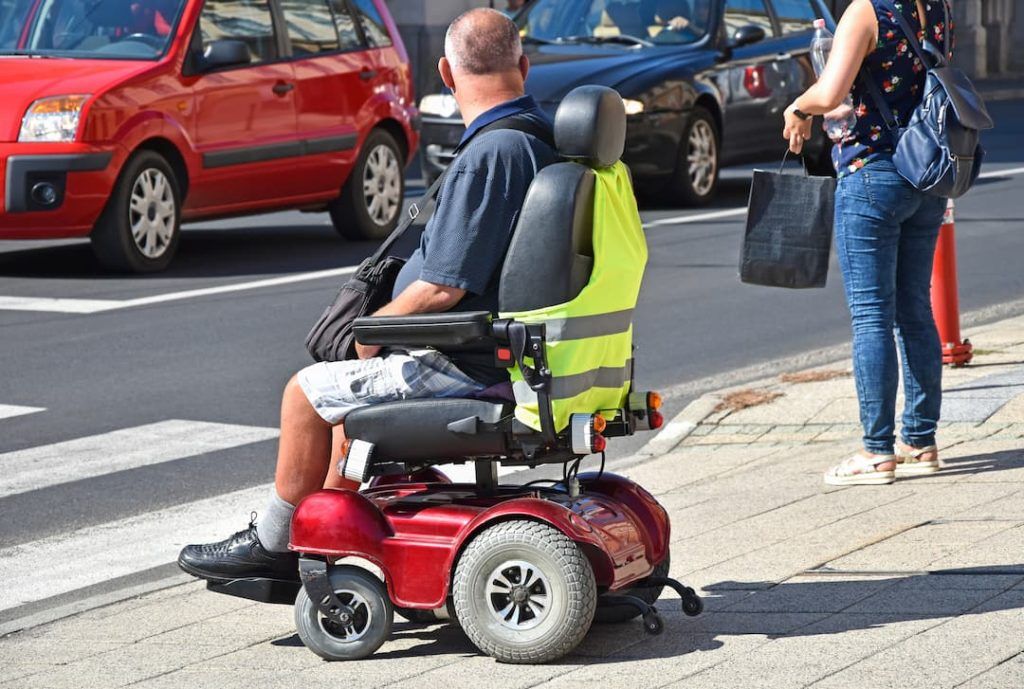
You must obey traffic lights and all other road signs and instructions, including stop and give way signs and signs for one-way streets. Take extra care at junctions. When going straight ahead, check to make sure there are no vehicles about to cross your path from the left, the right, or overtaking you and turning left. There are several options for dealing with right turns, especially turning from a major road. If moving into the middle of the road is difficult or dangerous, you can stop on the left-hand side of the road and wait for a safe gap in the traffic.
You could also negotiate the turn as a pedestrian, by travelling along the pavement and crossing the road between pavements where it is safe to do so. Class 3 users should switch the vehicle to the lower speed limit when on pavements. If the junction is too hazardous, it may be worth considering an alternative route.
Similarly, when negotiating major roundabouts with two or more lanes, it may be safer for you to use the pavement or find a route which avoids the roundabout altogether.
All normal parking restrictions should be observed. Your vehicle should not be left unattended if it causes an obstruction to other pedestrians – especially those in wheelchairs. Parking concessions provided under the Blue Badge scheme will apply to those vehicles displaying a valid badge.
These vehicles MUST NOT be used on motorways. They should not be used on unrestricted dual carriageways where the speed limit exceeds 50 mph (80 km/h). If they are used on these dual carriageways, they MUST have a flashing amber beacon. A flashing amber beacon should be used on all other dual carriageways. Use your hazard lights if you cannot move for any reason, or if you are in a difficult or dangerous situation. Do not drive with them on unnecessarily.
Make sure you remember how to use your equipment safely and correctly. If your powerchair or mobility scooter is old or not performing well, you should consider purchasing a new model. This will improve your safety, no matter whether you’re using it on roads or pavements. Use Mobility Equip Online to find the perfect aid for you.
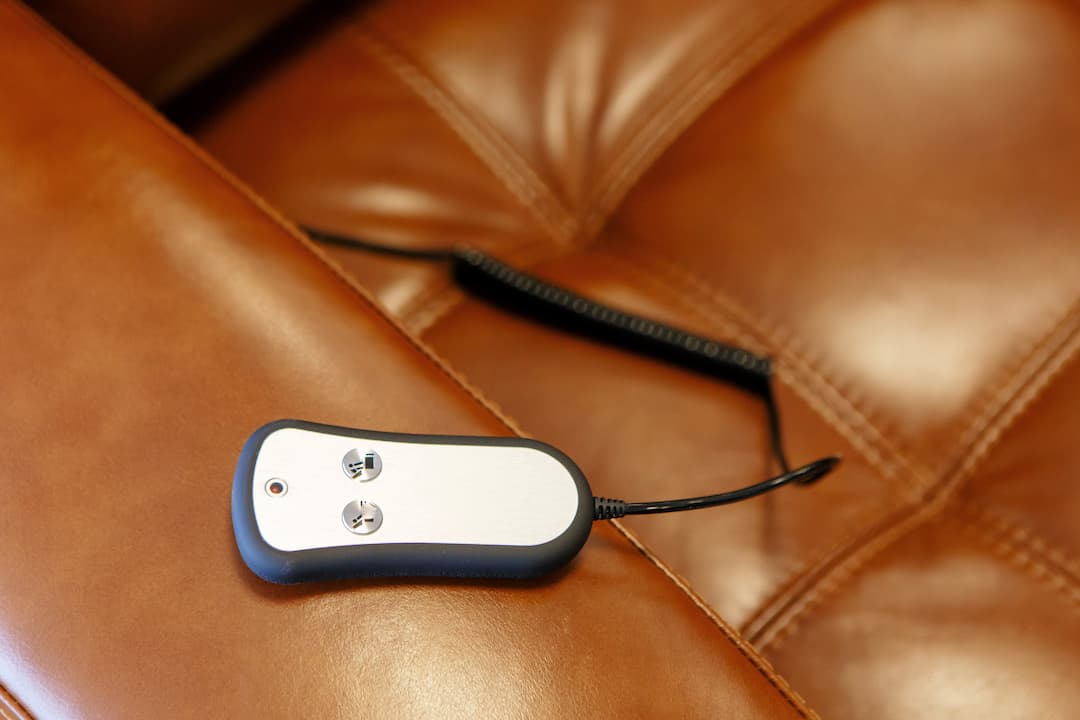
Rise and recline chairs are a great addition for anyone who struggles with mobility. We believe no one should be limited by the furniture they
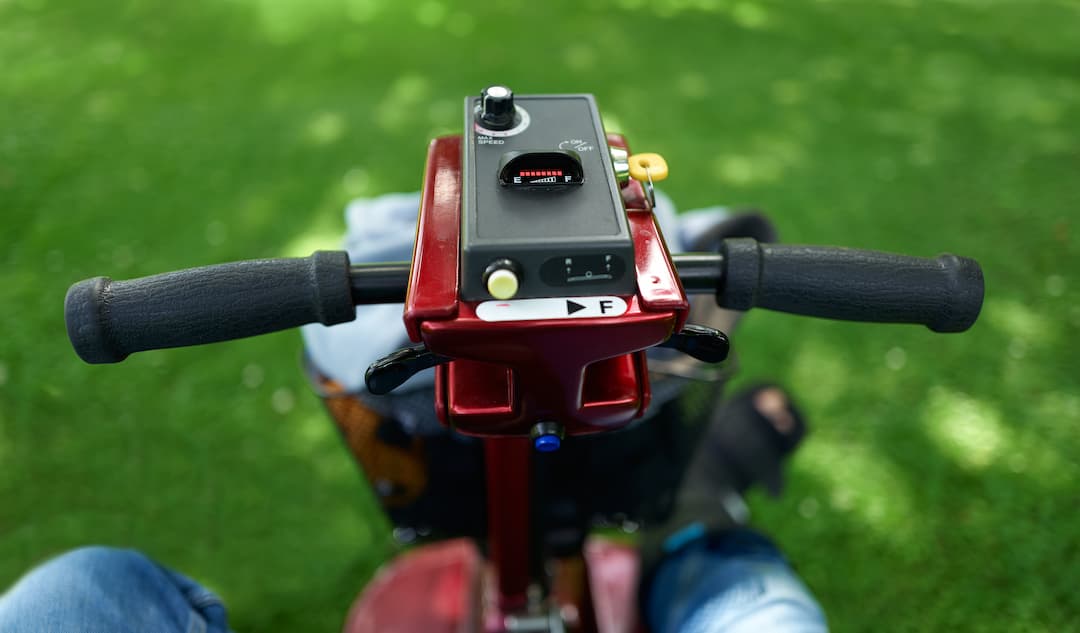
A mobility scooter is a big investment, both financially and for your independence. So, it needs to be properly maintained to ensure you get the

We’ve put together a list of the most commonly asked questions about our riser recliner chairs. Read on to discover more about these excellent pieces
© 2022 - Search4local Ltd. The content of this website is owned by us and our client; copying of any content (including images) without our consent is in breach of our Terms & Conditions. | All rights Reserved